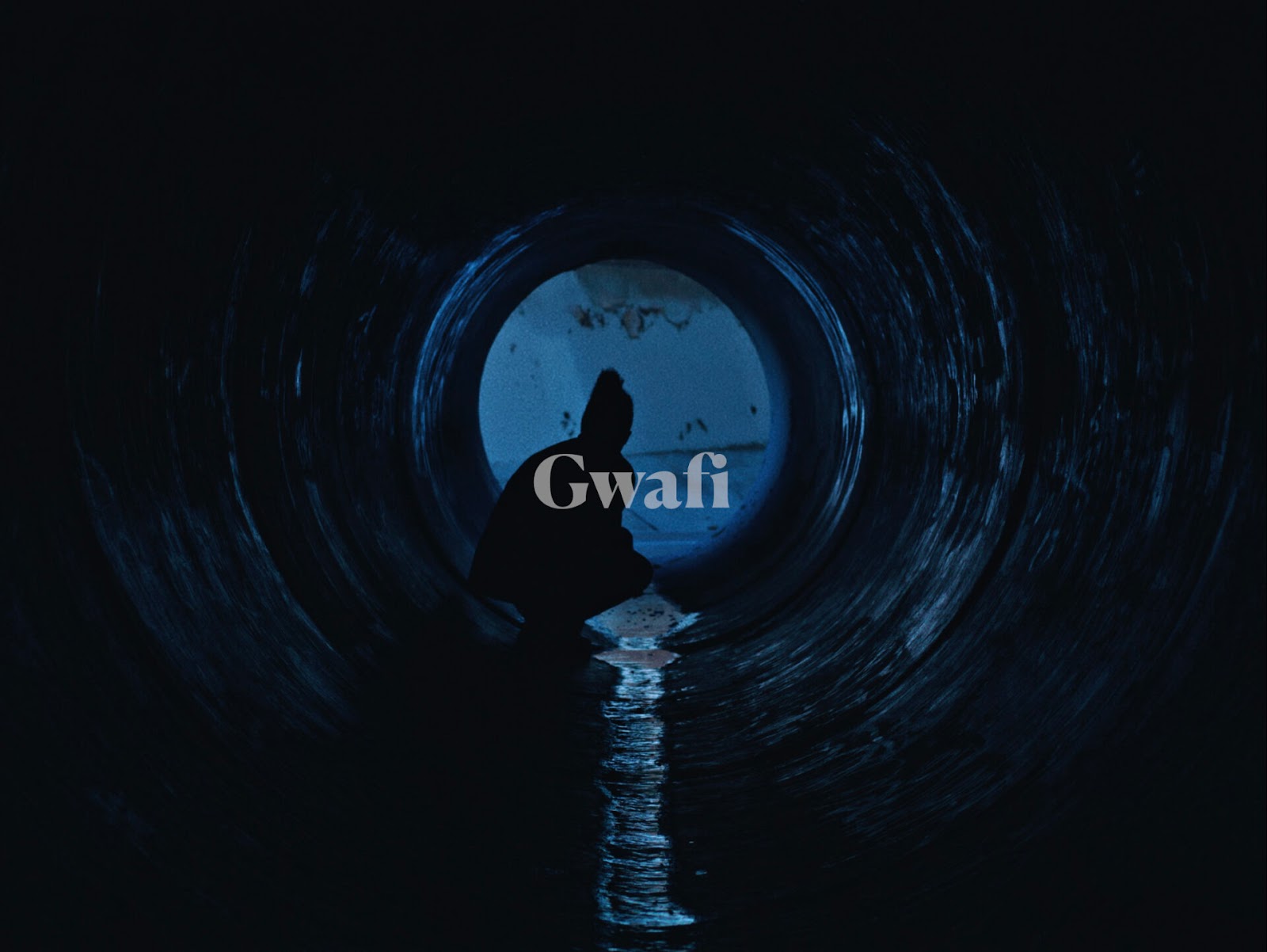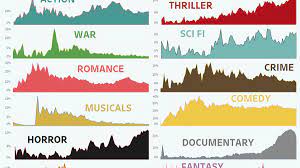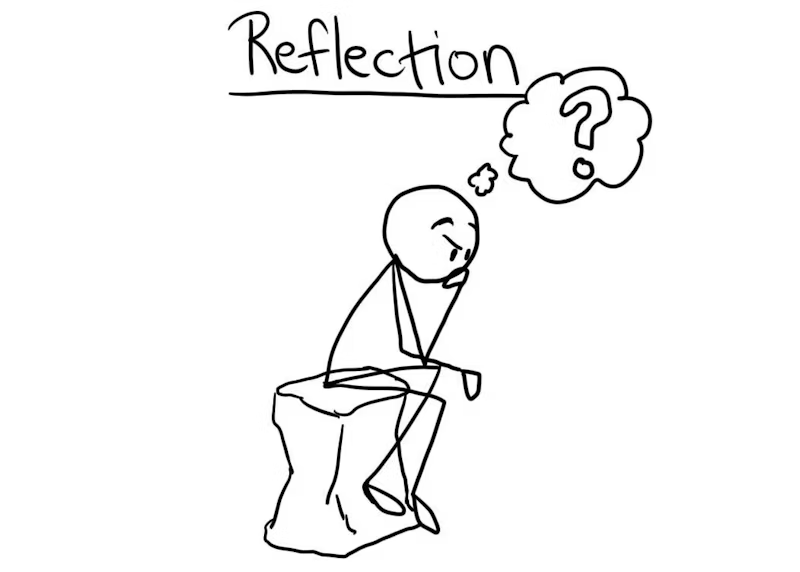Short film research: (Gwafi/Drama)
This short film research was a true story that revolved around "loss and reincarnation," after the main characters friend passed away. The main character deals with depression as she tried to move past her traumatic experience trying to save her friend from death.
Here are some common camera angles that were used in this film:
Close-up: close-up shots focused on a specific characters or objects used in the film to show the emotion or expression of a character. This angle is particularly effective in this film because it allows the audience to connect with the character on a deeper level.
Medium shot: medium shots capture the upper body and part of the surroundings of the subject in this film. This angle is used to show the body language and facial expressions of the characters, as well as their relationships with other characters.
Long shot: long shots in this film capture the entire body of the subject and shows the character in their environment. This angle is used to establish the setting and give the audience a sense of the character's surroundings.
Over-the-shoulder shot: over-the-shoulder shots capture the main character in Gwafi from behind the shoulder of another character, often used to show a conversation between the two main characters or to show one character's reaction to another character's words or actions.
common sound in this film:
Footsteps: Footsteps were used to create a sense of movement or to indicate the presence of the main character.
Objects being handled: The sound of objects being handled, such as cars starting or setting down a glass , were used to create a sense of activity or to underscore a character's actions.



Comments
Post a Comment